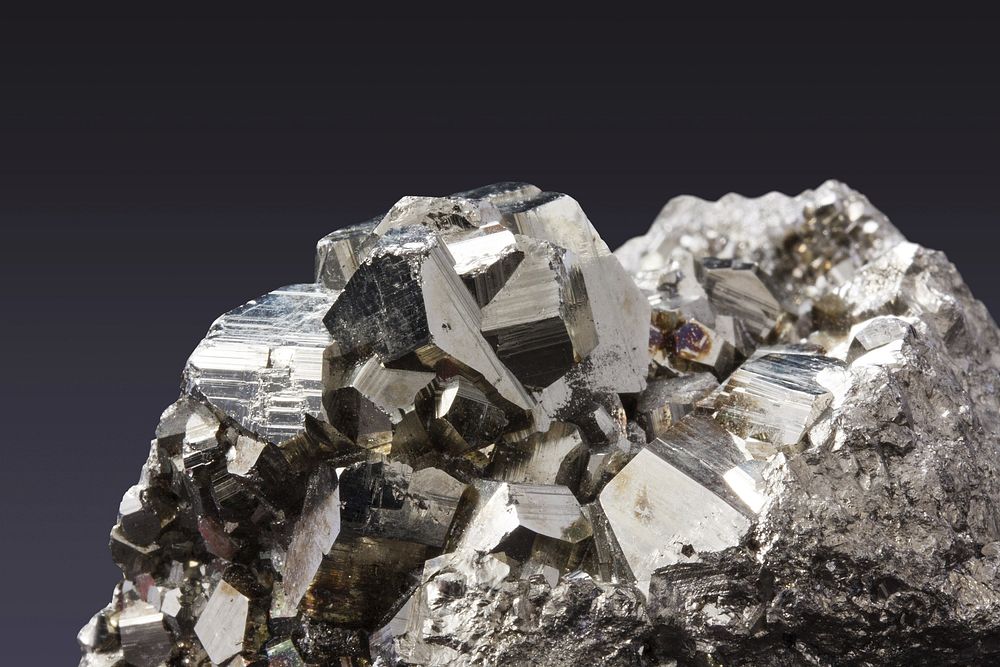The recent signing of the US/Ukraine minerals deal has again drawn attention to Ukraine’s mineral wealth. It has also rekindled hopes that these natural resources can be exploited in a way that will help rebuild Ukraine while netting foreign developers a tidy profit. Yet all that glitters is not gold, or rare earth minerals in this case. A number of industry experts and policy makers on both sides of the Atlantic weigh in on the debate.
Estimates of Ukraine’s mineral wealth are eye-watering. They range from $11 to $14 trillion with over 8000 confirmed mineral deposits – 5% of the world’s critical mineral wealth. These critical minerals are used extensively in electric vehicles (they need six times more critical minerals than traditional gas cars), renewable energy systems and defence technologies. Ukraine has Europe’s largest uranium reserves which are vital for power and nuclear weapons.
No data on deposits of rare earth minerals
Yet, there are caveats to the mineral-saving narrative that many, including the Trump administration, are eager to buy into. Most importantly, a lack of data regarding these rare earth mineral deposits. Russia currently controls around 40% of Ukraine’s mineral reserves and much of the rest are located along the front line. The only existing data on these deposits dates back to Soviet times and is both outdated and unavailable. “The data is non-existent” says Jennifer Fendrik, Director of Public Policy at KoBold Metals. Without it, she explains,“we are not able to build-out our geophysical models” that help guide exploratory missions. Infrastructure issues, she points out, are “huge” for mining – they will “make or break” the economic viability of a project.
Currently, almost half of Ukraine’s energy infrastructure has been destroyed, and the country faces a chronic lack of manpower. “Mining can be a driver of investment and jobs, it also drives infrastructure development, transport and energy” explains Gracelin Baskaran, Director of CSIS’s Critical Minerals Security Program. Yet she admits that few industries require as much capital over a long period of time as mining. It takes an average of 18 years from identification of reserves to production – that’s four and half electoral cycles in the US, points out Baskaran.
Furthermore, she warns against seeing US involvement in Ukraine’s mining sector as a security guarantee. Pointing to examples in the DRC and other parts of the world, Baskaran says, “We need to be honest here because we see it time and time again, the US has not stepped in when there has been an issue.”
Ukraine’s most critical mineral is cement
But is the “glamour of critical minerals” taking attention away from more immediate opportunities? Specifically, cement. Yes, you read that right. “The most critical mineral in Ukraine is, in fact, cement” argues Managing Director of Deloitte, Richard Longstaff. “Critical minerals are great, but if you’re a country tyring to attract investment post-conflict, you want it now, you want jobs now”. That, he maintains, if very difficult with greenfield investment.
According to Longstaff the privatisation of Ukraine’s cement industry will help engage the private sector. “Let’s start with the simple stuff”, he says. “You’ve got a resource, you’ve got a market and you’ve got a market price, let’s take advantage of that”. This will help show the high-end mining sector that the necessary physical and regulatory infrastructure are in place when rare earth minerals development is ready for acceleration in two to five years’ time, explains Longstaff.
There is also Ukraine’s brownfield gas. Describing it as “some of the most interesting in the world”, Longstaff argues that there is the potential to “squeeze an extra 10 – 15% out of them”. Further potential for brownfield development includes waste dumps throughout Ukraine, many of which date back to Soviet times. The mining or re-processing of minerals in these dumps could, he estimates, be up and running in two years and are lucrative. What’s more, the re-processing of these dumps will help lessen their environmental toxicity.
Ukraine’s major gas deposits lie in the centre of the country and have not, according to Longstaff, been “particularly well managed” by the public sector. He sees a role here for the EU as the instigator of a private-public partnership that would serve as a powerful instrument for Ukrainian integration into the European Union.
“This isn’t the wild, wild East of 90’s Ukraine”
“The Ukrainian people have demonstrated an unwavering commitment to be part of the European Union” says Davide La Cecilia, Italy’s Special Envoy for the Reconstruction of Ukraine, claiming that “the reform process is right on track”. Ukraine recently passed its seventh review with the IMF and has built up “an excellent” central bank over the last 10 years, according to Natalie Jaresko, Ukraine’s former Minister of Finance. The EU’s Ukraine Recovery facility and Ukraine Investment framework are designed to bring together a range of funding options including loans, grants and guarantees.
“This isn’t the wild, wild East of 90’s Ukraine” says Jaresko, pointing to the decentralisation of government and the implementation of a “globally renowned” open-source procurement system, as evidence of Ukraine’s efforts to tackle widespread corruption. Yet she agrees that there is still “a lot to be done”. This includes the “clean up” of Ukraine’s licensing system and extensive training of its workforce.
The cost of rebuilding Ukraine is currently estimated at a cool $500 billion. “Reconstruction” admits La Cecilia, “is a marathon, not a sprint”. Will the minerals deal between Ukraine and the US ties Ukraine’s economic fate to Trump, as some experts claim? If so, these two partners have a long, potentially rocky, road ahead together.


2 thoughts on “Ukraine’s rocky road to reconstruction – are rare earth minerals really the answer?”